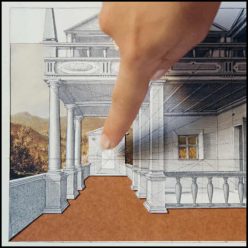IN CLASS TODAY
“In Vladimir Nabokov’s novel Invitation to a Beheading, from 1935, a mother distracts her imprisoned son from counting the hours to his execution by describing the “marvelous gimmicks” of her childhood. The most shocking, she explains, was a trick mirror. When “shapeless, mottled, pockmarked, knobby things” were placed in front of the mirror, it would reflect perfectly sensible forms: flowers, fields, ships, people. When confronted with a human face or hand, the mirror would reflect a jumble of broken images. As the son listens to his mother describe her gimmick, he sees her eyes spark with terror and pity, “as if something real, unquestionable (in this world, where everything was subject to question), had passed through, as if a corner of this horrible life had curled up, and there was a glimpse of the lining.” Behind the mirror lurks something monstrous—an idea of art as device, an object whose representational powers can distort and devalue just as easily as they can estrange and enchant.” — Merve Emre
Jacques Lacan (1901 – 1981)
was a French psychoanalyst and psychiatrist who has been called “the most controversial psychoanalyst since Freud“.

Jacques Lacan and his wife Sylvia 
Images below: from “Introducing Lacan” by Darien Leader and Judy Groves 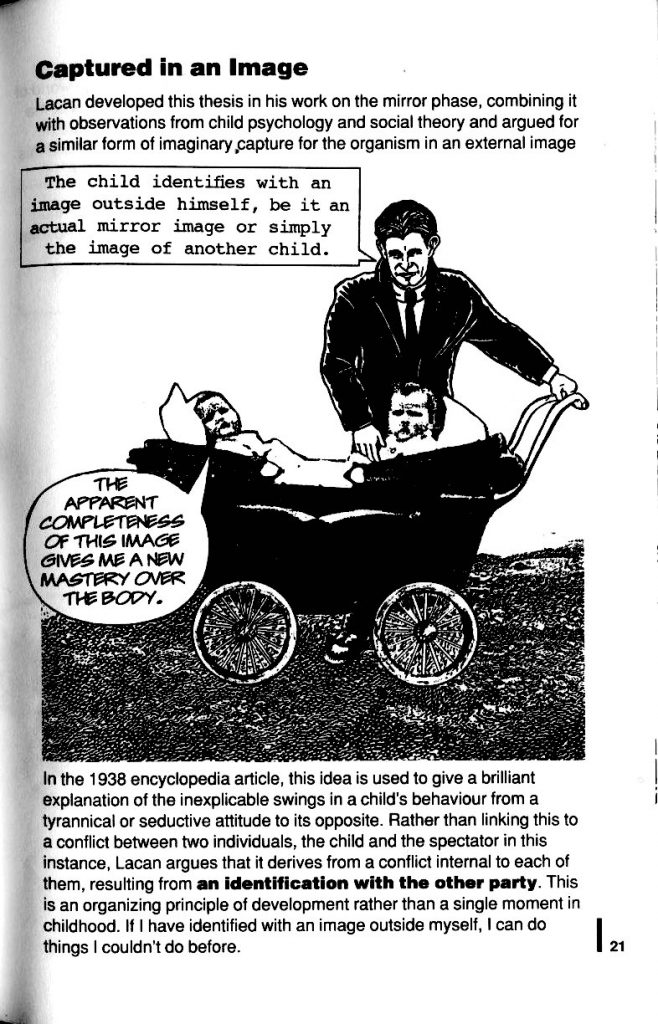
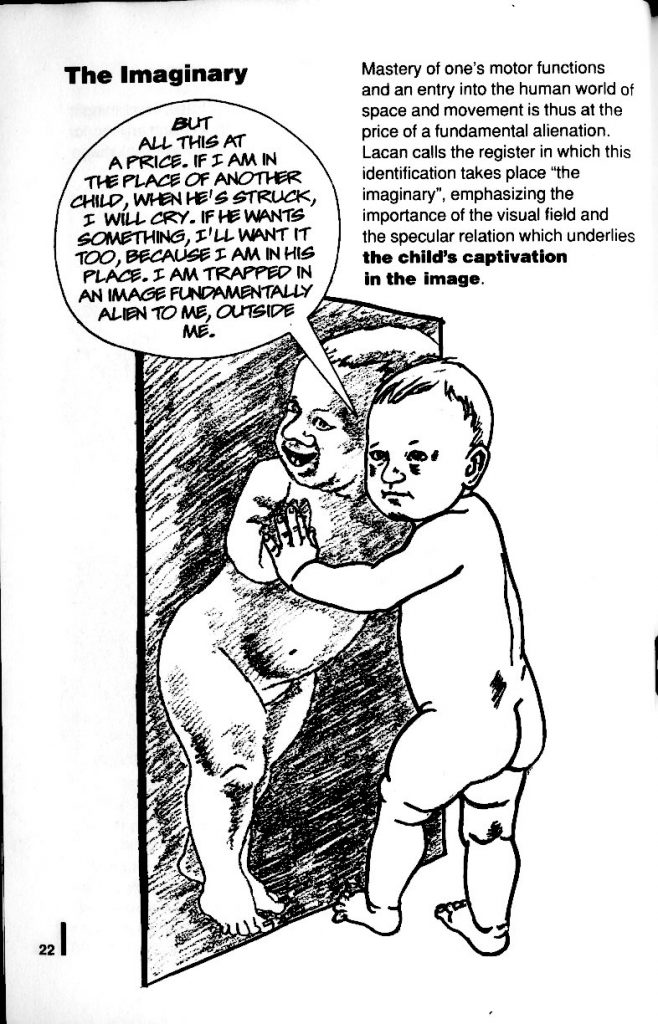

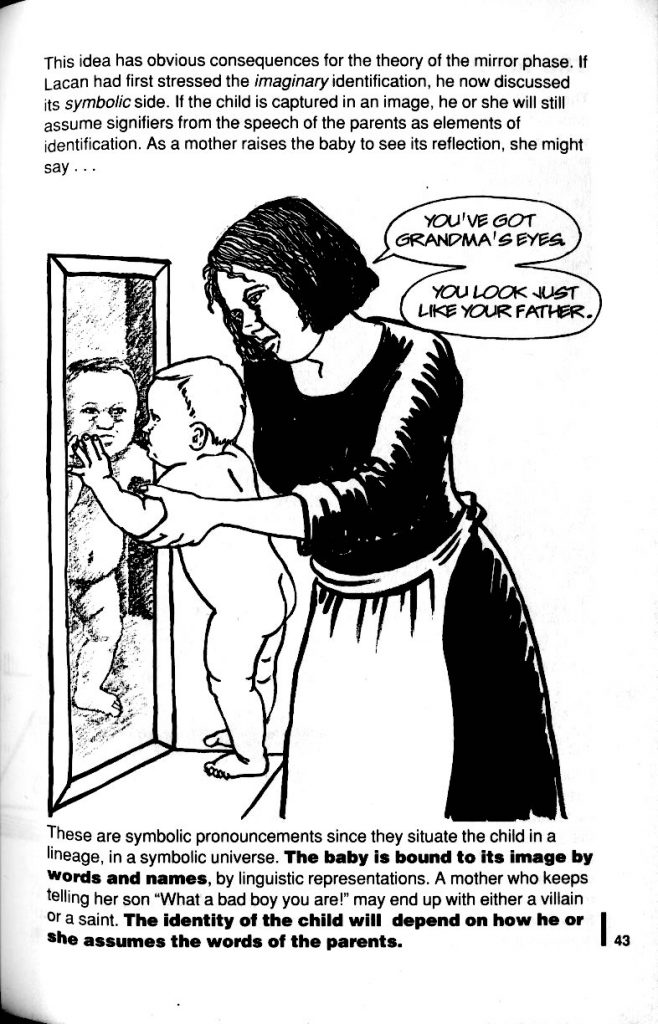
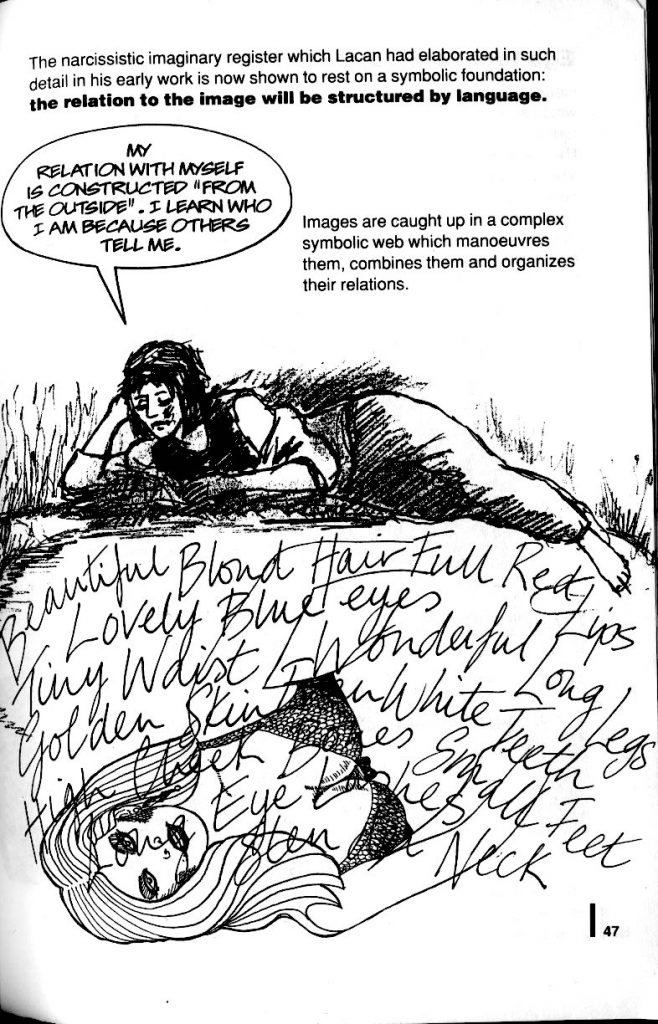
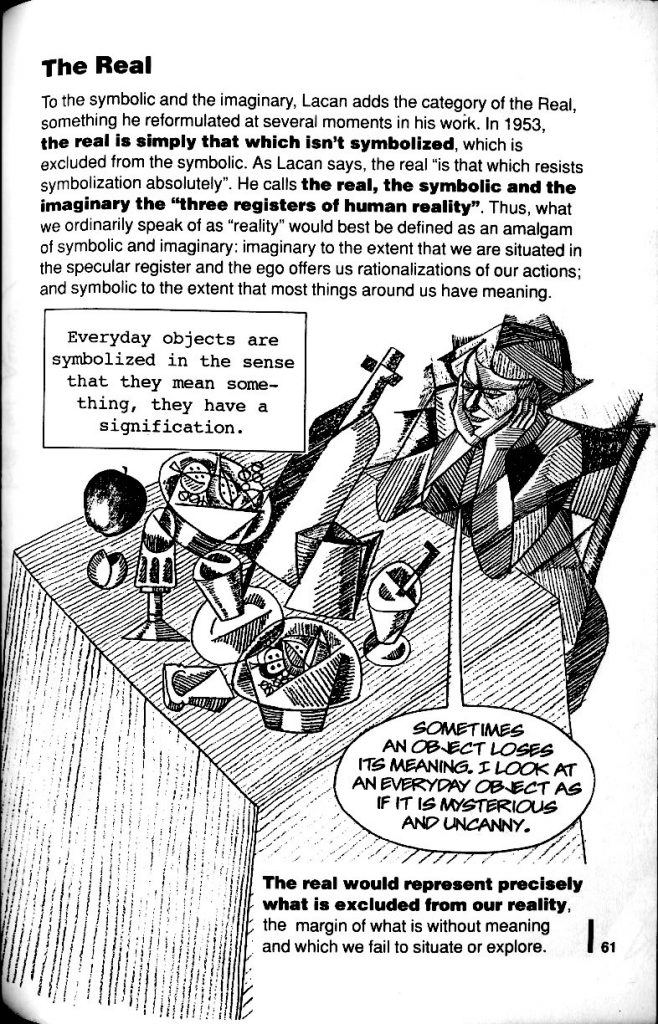
PHOTOS by LUIGI GHIRRI (1943-1992)
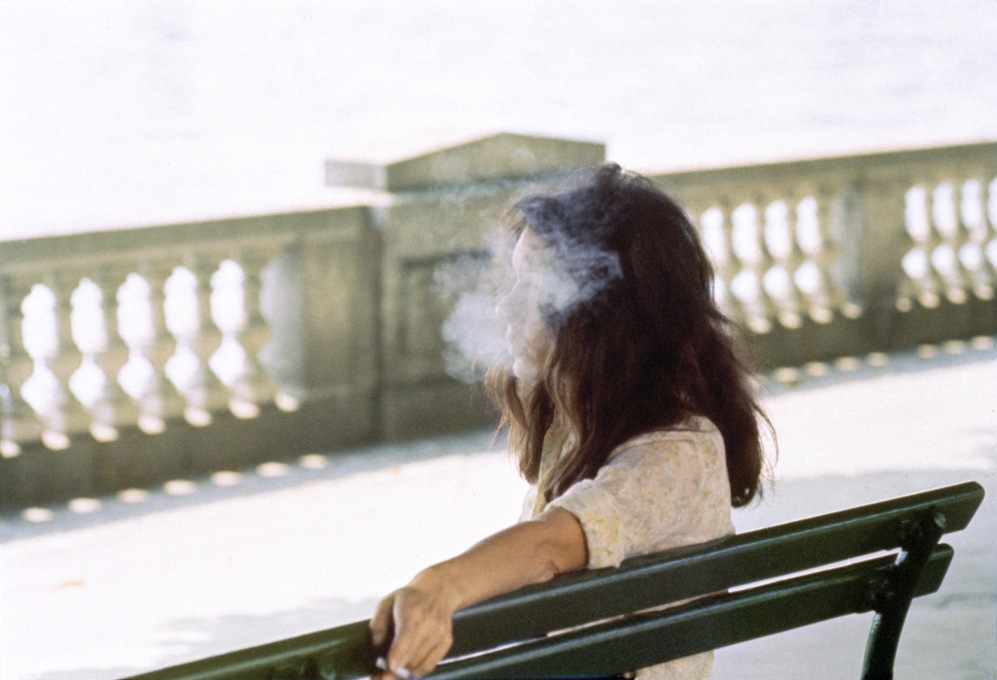
ghirri 7 002 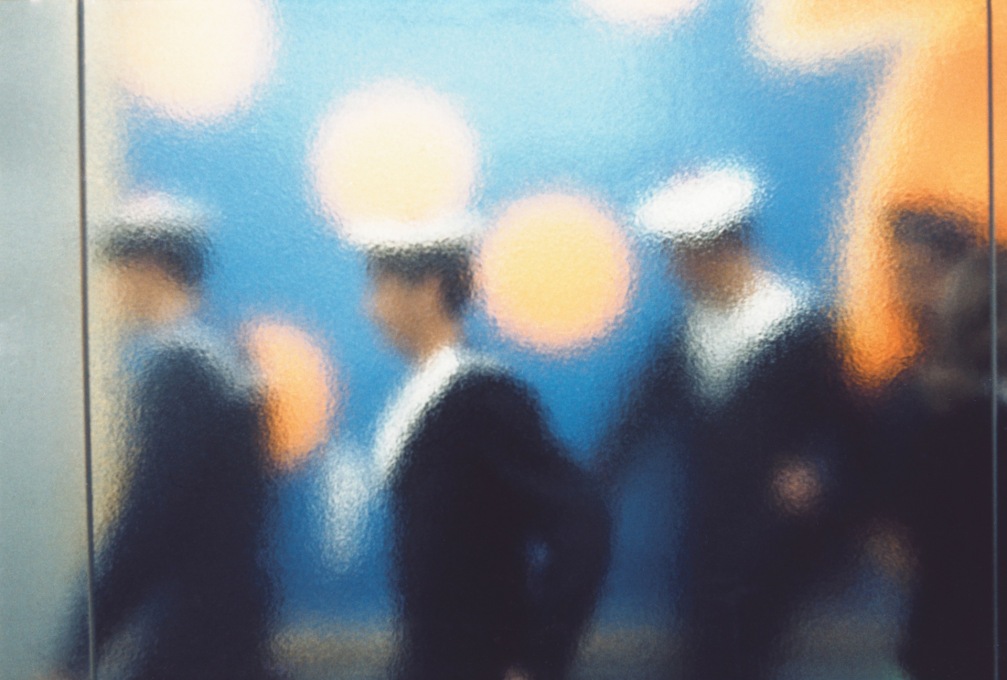
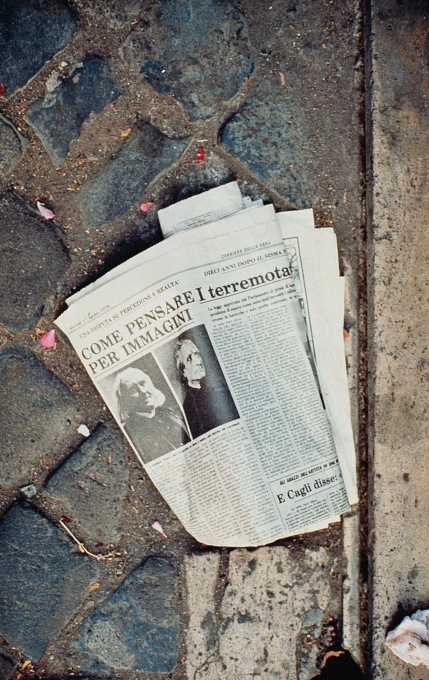
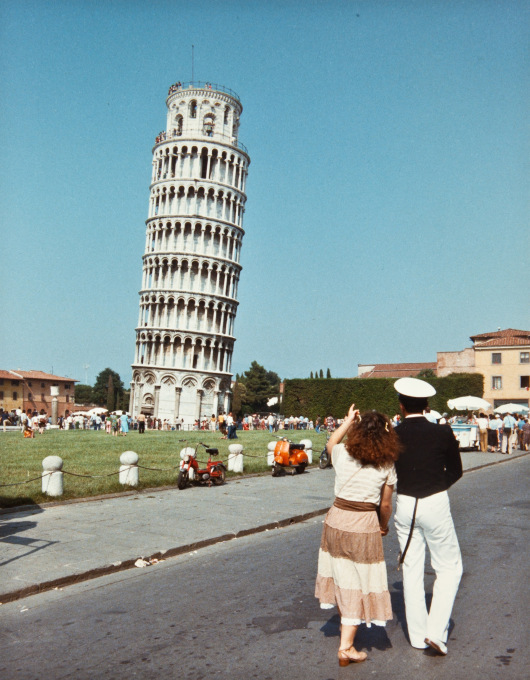
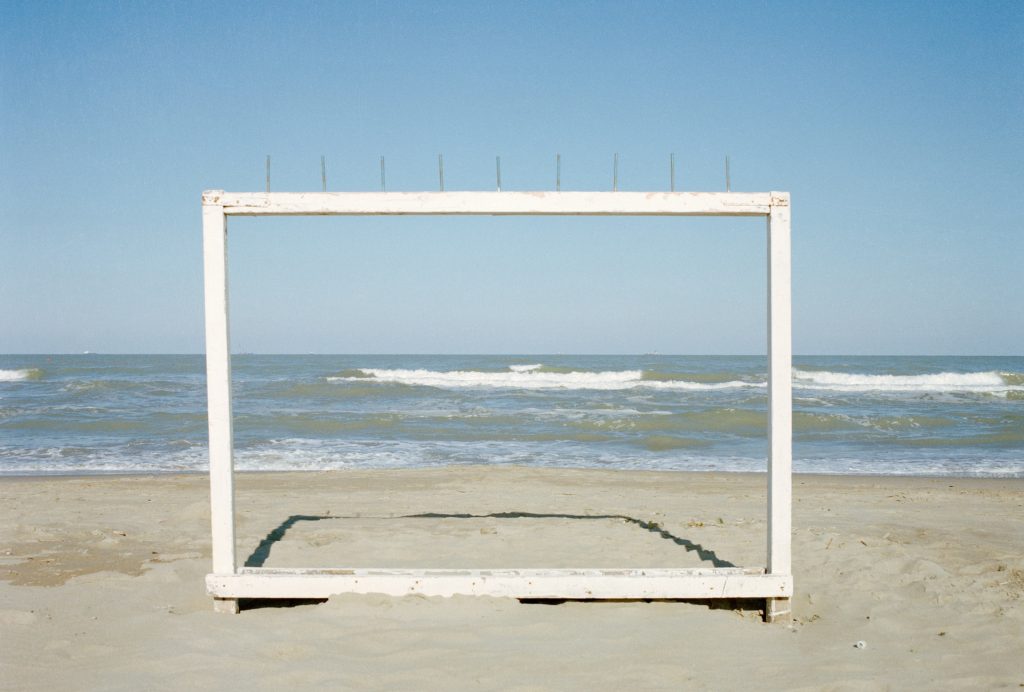
sisgnorini 003 

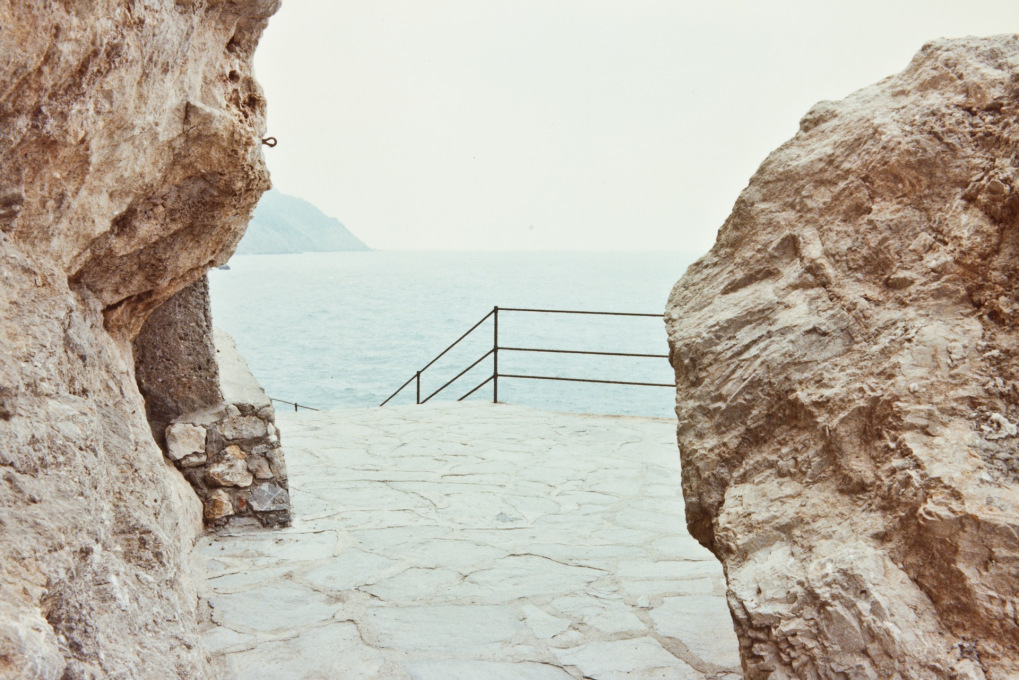
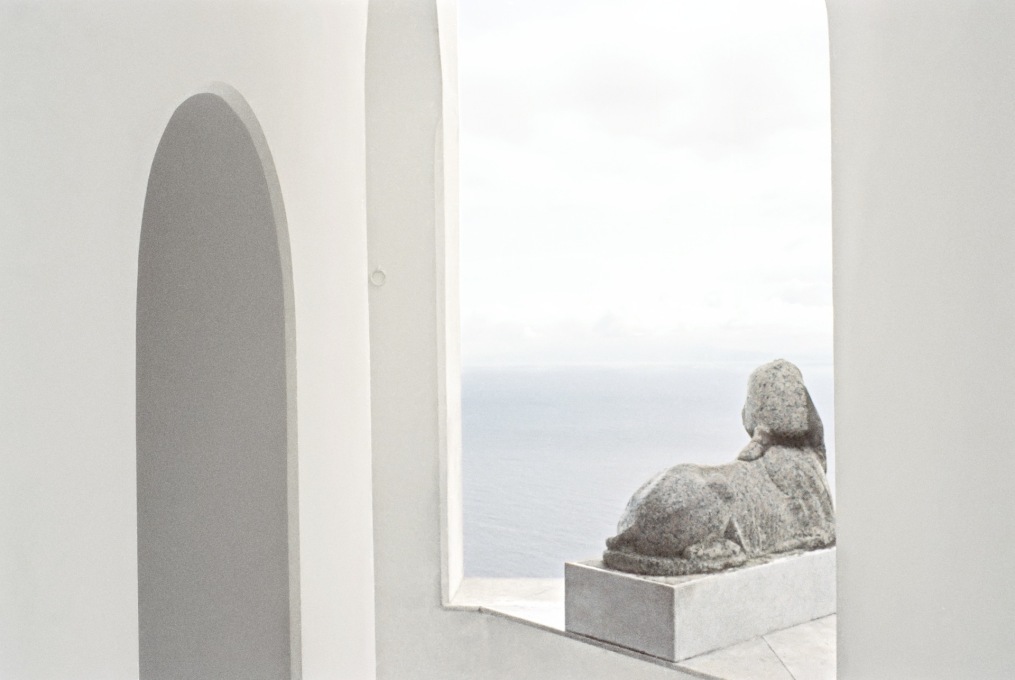
sfinge5a 001 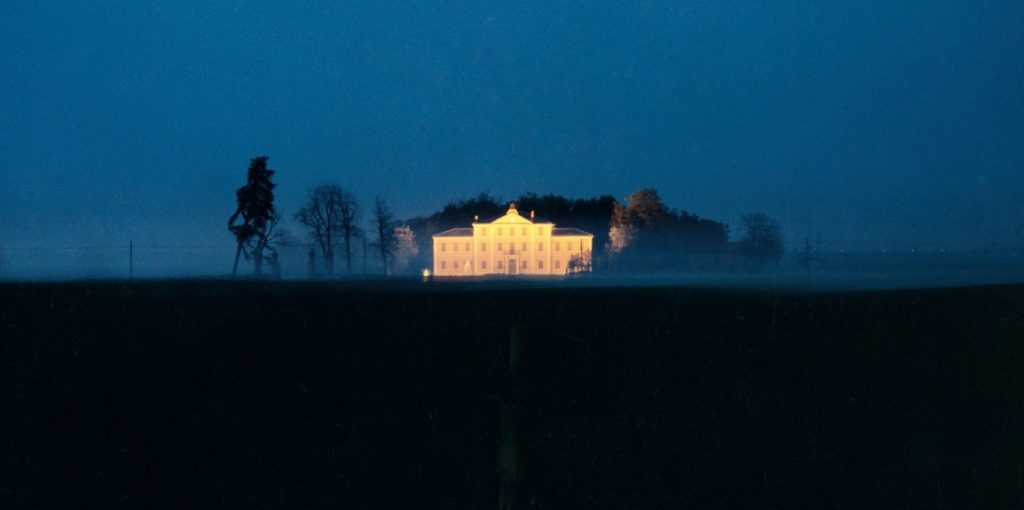
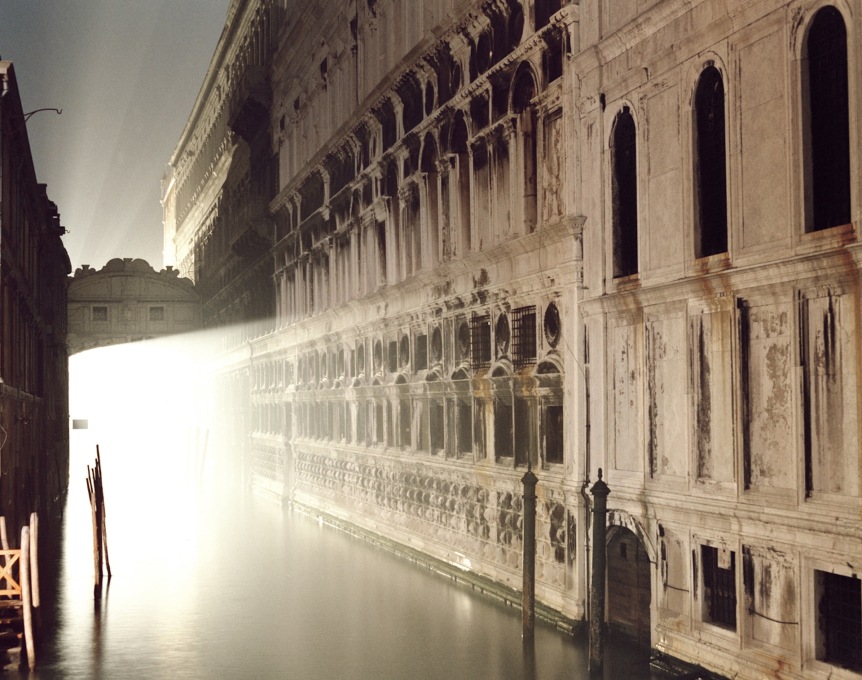
ASSIGNMENT: FINAL PROJECT
DESCRIPTION of FINAL PROJECT
You final project should be a set of approximately 10 images made in C4D. The images should work together to make a complete statement.
FORM: You can present your images in one of three possible ways:
- “GRAPHIC NOVEL” LAYOUT : Combine multiple images into a single image, as done in a previous assignment. For example, your project might be 3 images, each containing 4 different images.
- VIDEO : In the style of the film “La Jette”, use your stills to create a video. Give the viewer time to appreciate your image. Try zooms or pans, but do them VERY SLOWLY. You can also reveal a single image slowly, by showing close-ups of different parts of it.
- GALLERY of IMAGES / WEBPAGE : if you send me your images, I will create a webpage for you so they can be viewed as a “carousel” or all laid out in “scroll to view” style.
STRATEGIES — Try to make your set of images really solid, meaning that every single one is necessary to create the meaning of your work. You can try:
- A narrative (clear beginning and end)
- Fragment of a narrative / a hint of narrative
- Non-narrative set of images that amplify each other’s effect. You can think of this as a solo gallery exhibition, where all the works are related by style and theme.
ALSO: Please consider printing out your images !
If you are not sure what to work on for your final project… :
- Explore whatever part of C4D is most enjoyable for you — play around and have fun!
- Spend time researching models and materials that might inspire you (check links on the “3D Resources” page of this site).
- Think about work you’ve made in other mediums — how might you bring those strengths into your C4D work? You could do that literally (for example, use scans of your drawings as textures), or conceptually (work with similar themes in C4D).
Best to begin your Final Project NOW, so you can get feedback on your direction at our next-to-last class.
If you have any question, or if you’d like to get feedback — please contact me via Remind or email !
BERTOLT BRECHT : Against Illusion


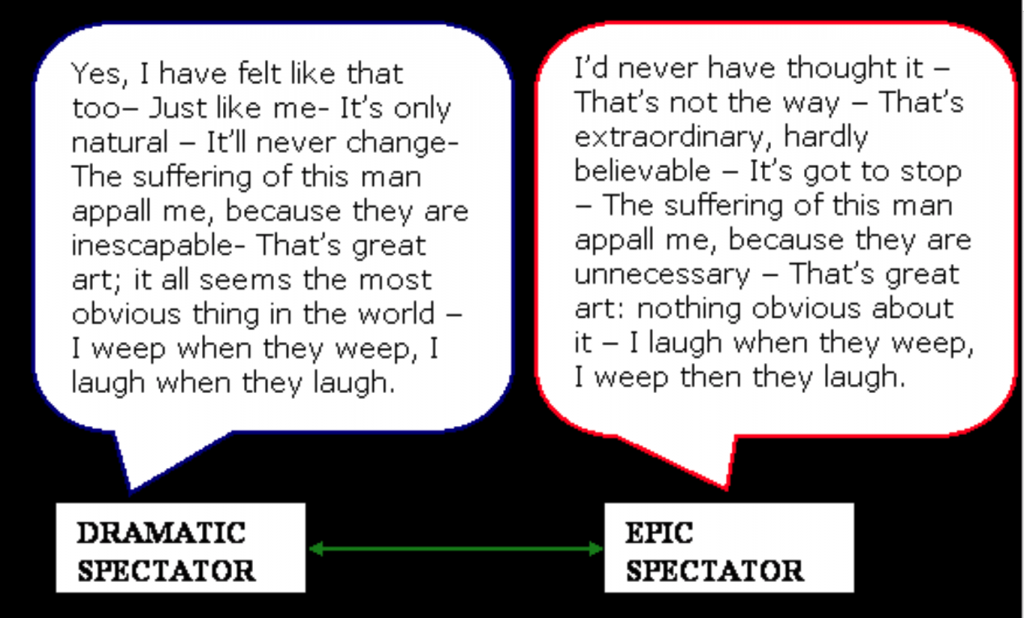
Platos’ Republic (380 BC) : Why did Plato want to ban poets from the Republic?

…the poet with his words and phrases may be said to lay on the colors of the several arts, himself understanding their nature only enough to imitate them; and other people, who are as ignorant as he is, and judge only from his words, imagine that if he speaks of cobbling, or of military tactics, or of anything else, in meter and harmony and rhythm, he speaks very well—such is the sweet influence which melody and rhythm by nature have.
…………
And still he will go on imitating without knowing what makes a thing good or bad, and may be expected therefore to imitate only that which appears to be good to the ignorant multitude? …Thus far then we are pretty well agreed that the imitator has no knowledge worth mentioning of what he imitates.
……………..
…our guardians, setting aside every other business, are to dedicate themselves wholly to the maintenance of freedom in the State, making this their craft, and engaging in no work which does not bear on this end, they ought not to practice or imitate anything else; if they imitate at all, they should imitate from youth upward only those characters which are suitable to their profession—the courageous, temperate, holy, free, and the like; but they should not depict or be skillful at imitating any kind of illiberality or baseness, lest from imitation they should come to be what they imitate. Did you never observe how imitations, beginning in early youth and continuing far into life, at length grow into habits and become a second nature, affecting body, voice, and mind?….Neither should they be trained to imitate the action or speech of men or women who are mad or bad; for madness, like vice, is to be known but not to be practiced or imitated.
…………………………………………………………
Because, if I am not mistaken, we shall have to say that, about men, poets and story-tellers are guilty of making the gravest misstatements when they tell us that wicked men are often happy, and the good miserable; and that injustice is profitable when undetected, but that justice is a man’s own loss and another’s gain—these things we shall forbid them to utter, and command them to sing and say the opposite.
